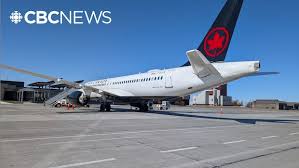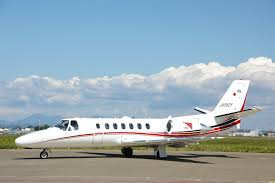Addressing the Air Traffic Controller Shortage at Air Canada

The Current Situation of Air Traffic Control in Canada
Air Canada is currently facing a critical shortage of air traffic controllers, a situation that is impacting flight operations, delays, and passenger experiences. This issue, which has been identified as a growing concern within the aviation industry, becomes particularly urgent as air travel demand rebounds following the COVID-19 pandemic. The shortage is not only affecting Air Canada but also various regional airports across the country, causing a ripple effect on the entire air travel network.
Factors Leading to the Shortage
Several factors contribute to the shortage of air traffic controllers in Canada. Firstly, a wave of retirements has significantly reduced the available workforce. The average age of air traffic controllers in Canada is over 50, and with many nearing retirement age, a significant number of experienced controllers are leaving the workforce. Additionally, the prolonged training process for new controllers, which can take up to three years, exacerbates the situation. The complex nature of the job, along with high-pressure responsibilities, has led to challenges in attracting new talent.
Impact on Air Travel
The impacts of the air traffic controller shortage are multifaceted. Delays and cancellations have increased, with many passengers expressing frustration over the unpredictability of flight schedules. Airports across Canada have seen longer wait times and congestion as flights are less able to be efficiently managed. According to a recent report, flight delays have risen by 30% in the last year, directly linked to the shortage of personnel in the control towers.
Industry Response and Future Outlook
In response to this crisis, Air Canada is taking measures to address the shortfall by collaborating with the government and aviation authorities to expedite the training and hiring of new controllers. Programs designed to attract and retain young talent in air traffic control are being developed, including initiatives to provide financial assistance for training and education. As part of this effort, the recruitment process is being streamlined to fill vacancies more quickly.
Conclusion: The Road Ahead
The air traffic controller shortage at Air Canada presents significant challenges that must be addressed promptly to ensure the safe and efficient operation of air travel. While the industry is taking steps to mitigate the impacts, it will require sustained effort and investment to rebuild the workforce. For travelers, understanding the factors at play may help manage expectations, especially during peak travel periods as airlines and airports work to stabilize operations. Ultimately, resolving this shortage is critical not only for passenger satisfaction but also for the long-term health of Canada’s aviation industry.





